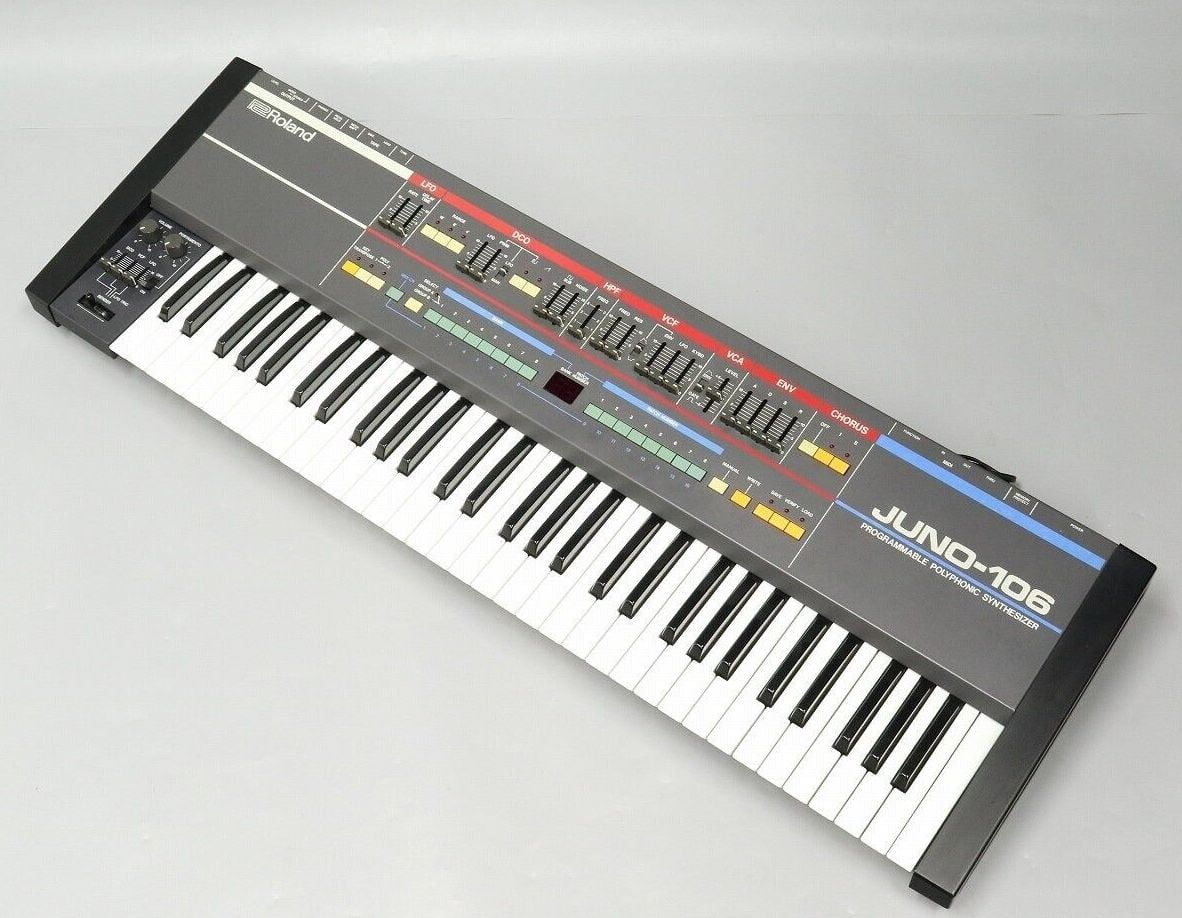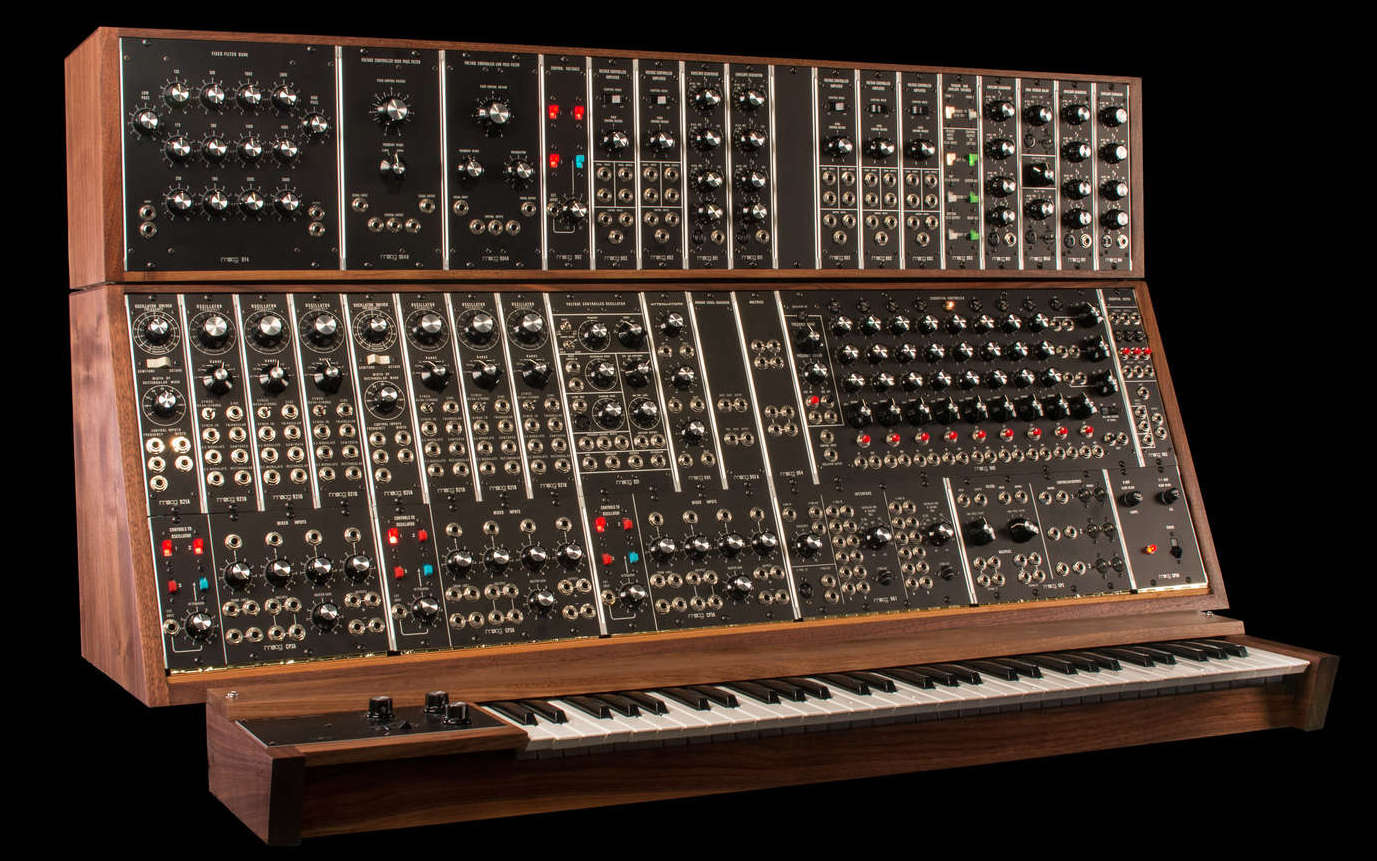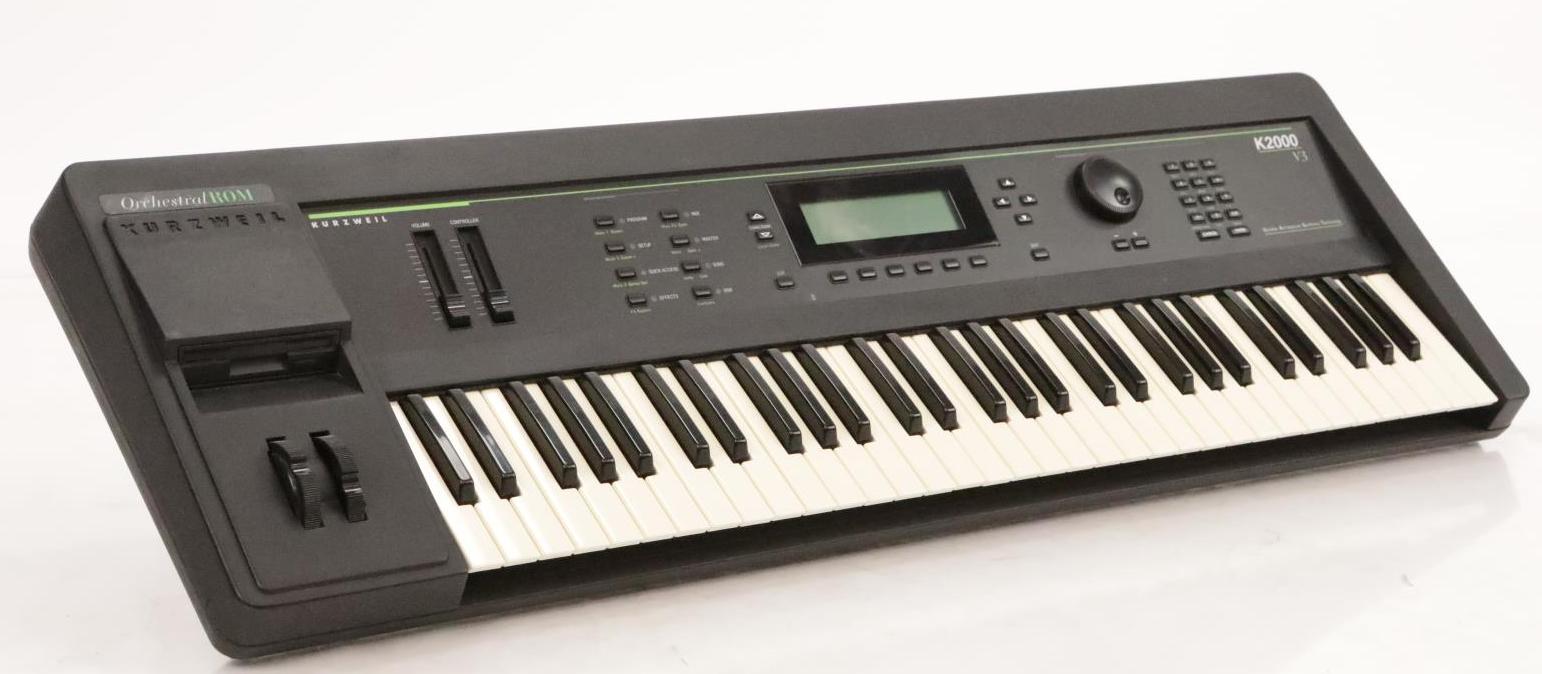Introduction
The Roland Juno-106 is a 6-voice polyphonic analog synthesizer released in 1984. It was an upgraded version of the popular Juno-60 with added MIDI capability and doubled patch memory to 128 patches[1][4][5][13]. The Juno-106 features a single DCO (digitally controlled oscillator) per voice with sawtooth and pulse/square waves, a 24dB/oct lowpass filter, non-resonant highpass filter, ADSR envelope, LFO, and analog chorus[1][4][5]. The chorus is a signature part of the Juno sound[3]. The synthesizer uses a simple and intuitive interface with dedicated sliders and buttons to control all parameters directly[1][2]. This hands-on approach was appreciated by musicians and helped make it popular[1][2][8].
Designers
The Juno-106 was developed by a team at Roland Corporation, a leading manufacturer of musical instruments and audio equipment. Roland has a long history of innovation in music technology, with a wide range of products including synthesizers, drum machines, and professional audio gear. The Juno-106 was designed to be an affordable and accessible synthesizer, building on the success of its predecessors, the Juno-6 and Juno-60.
Impact and Popularity
The Juno-106 became popular for its warm, rich analog sound and its user-friendly interface. It was widely used by musicians and producers in various music genres, including pop, rock, electronic, and soundtrack music throughout the 1980s[8]. Notable users include Depeche Mode, Pet Shop Boys, Daft Punk, Calvin Harris, and Deadmau5[2][11]. The Juno-106 sold over 100,000 units and was Roland’s best-selling synth until the D-50[8][14]. Time After Time by Cyndi Lauper, and Wake Me Up Before You Go Go by Wham, are two of many notable songs that have used the 106.
Technical Specifications and Features
The Juno-106 is a 6-voice polyphonic analog synthesizer with a single DCO per voice, offering sawtooth and pulse/square waveforms. It features a 24dB/oct lowpass filter, non-resonant highpass filter, ADSR envelope, LFO, and analog chorus[1][4][5]. The synthesizer has 128 patches, which can be saved and loaded via MIDI or tape[4][5]. The Juno-106 was one of Roland’s first MIDI-equipped synths, allowing for sequencing of parameters[14].
The keyboard has 61 keys, and the interface includes dedicated sliders and buttons for controlling all parameters directly[1][2]. This hands-on approach made the Juno-106 popular among musicians and producers[1][2][8].
Influence on Music Production
The Juno-106 had a significant impact on music production in the 1980s, with its warm, rich analog sound and user-friendly interface. Its popularity among musicians and producers led to its widespread use in various music genres, and its influence can still be heard in modern music production.
The Juno-106’s design and sound have also inspired many software synthesizers and virtual instruments that seek to emulate its unique characteristics. Its enduring popularity and influence make it a classic instrument in the world of synthesizers.
Citations:
[1] https://www.roland.com/us/products/rc_juno-106/
[2] https://www.15questions.net/interview/roland-juno-106-tools-creation/
[3] https://youtube.com/watch?v=n_Cq5iJii5A
[4] https://support.roland.com/hc/en-us/articles/201966419-Juno-106-Technical-Specifications
[5] https://www.perfectcircuit.com/signal/roland-juno-history
[6] https://youtube.com/watch?v=VrOUfGdWGGc
[7] https://www.roland.com/uk/blog/roland-icon-series-juno-106-synthesizer/?lang=en-GB
[8] https://www.roland.com/us/promos/roland_boutique/interview_2/
[9] https://www.attackmagazine.com/features/long-read/the-genesis-of-synthesis/
[10] https://www.sweetwater.com/sweetcare/articles/roland-juno-106-technical-specifications/
[11] https://gearspace.com/board/electronic-music-instruments-and-electronic-music-production/484409-polysix-vs-juno-60-vs-juno-106-a-3.html
[12] https://www.roland.com/ca/products/rc_juno-106/
[13] https://youtube.com/watch?v=oxnQDWXOLZE
[14] https://equipboard.com/items/roland-juno-106
[15] https://www.reddit.com/r/synthesizers/comments/p0w925/the_juno106_still_worth_it_in_2021_wwyd_tell_me/
[16] http://www.synthark.org/Roland/Juno-106.html
[17] https://youtube.com/watch?v=WSm-wjrnMPY
[18] https://www.reddit.com/r/synthesizers/comments/rupnjm/should_i_buy_a_roland_juno_106/
[19] https://cdm.link/2021/06/go-read-this-amazing-story-on-the-design-of-the-roland-juno-oscillators/
[20] https://www.gearnews.com/classic-gear-roland-juno-106/
[21] https://www.polynominal.com/roland-juno106/
[22] https://en.wikipedia.org/wiki/Roland_Juno-106
[23] https://gearspace.com/board/electronic-music-instruments-and-electronic-music-production/1394850-sound-design-juno-106-a.html
[24] https://gearspace.com/board/electronic-music-instruments-and-electronic-music-production/361771-anything-juno-106-better-than-juno-60-a-2.html
[25] https://soundprogramming.net/synthesizers/roland/roland-juno-106/





